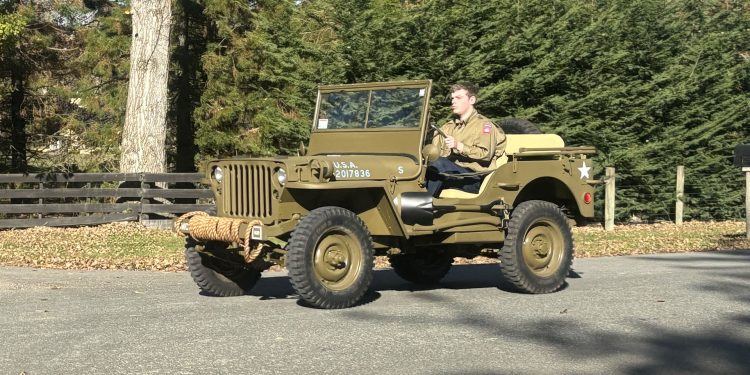1941 Ford GPW Jeep
Words and photos Ben Selby
As the clouds of an impending Second World War began to gather during the late 1930s, Allied Governments began to revaluate their tools for defence. The United States Army quickly realised the need for a simple, easy to use and rugged tool to keep soldiers mobile on the battlefield. This process started in 1937 with the US Army spending the years up until the outbreak of conflict in Europe to finalise their plans for what would become one of the most celebrated and iconic military vehicles of all time, the Army Jeep.
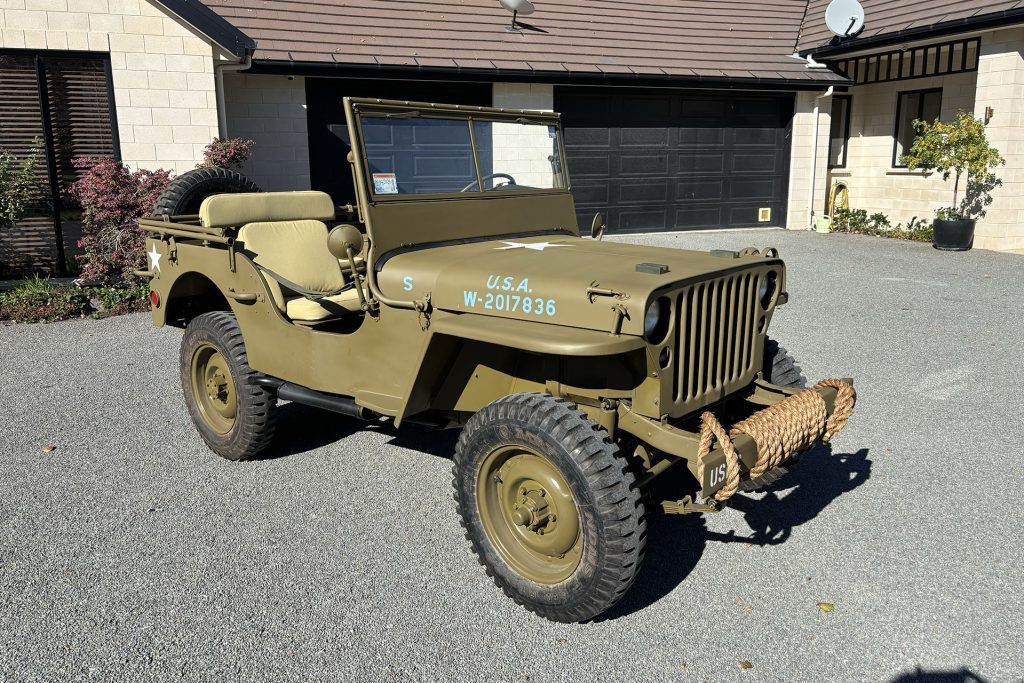
In July 1940, the US Army sent out the call to more than 100 American manufacturers, but only three made the shortlist. These were Bantam Car Company, Ford and Willys-Overland. The latter of these is most commonly associated with the Jeep story, but as passionate Jeep owner and Military historian Gideon Couper states, Willys did not have it all to themselves.
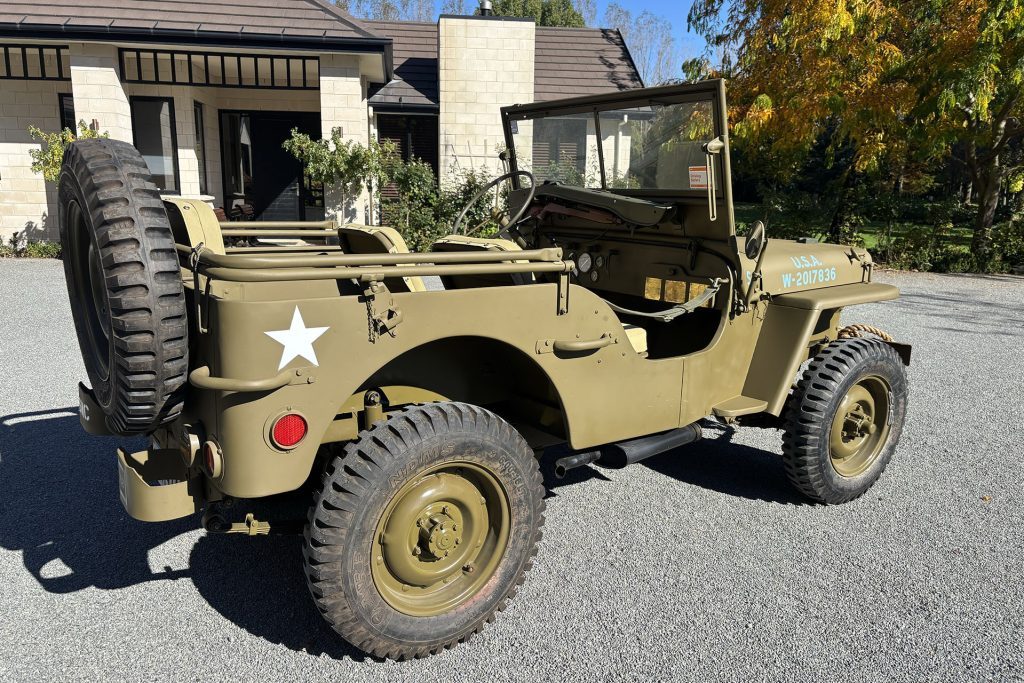
“Everyone knows them as Willys, but there is a lot more to it than that. Bantam was awarded the contract to design the Jeep but being a small factory, they were unable to mass produce them. The engine was a Ford design and Willys-Overland was contracted to make the first batch. During 1940, 100,000 were built by Willys but the Army saw that as being far too little. So, they go to Mr Henry Ford and ask him to take over production, on the condition it was exactly the same as the product made by Willys,” says Gideon.
Naturally, Ford agreed to take over Jeep production, but was given a stern telling off by the US Army when the first batch had Ford emblems on the back. It is said the term “Jeep” actually came from the abbreviated “GP” from the GPW namesake. The “W” referred to Willy’s licence design and involvement in the project.
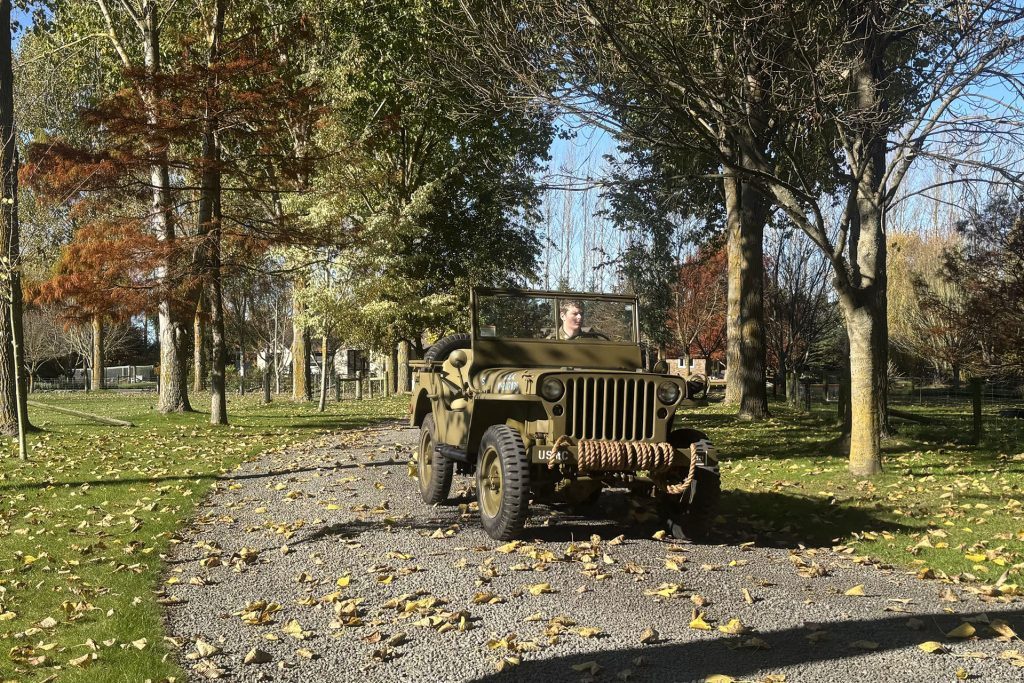
The design was also a trailblazer as the Jeep became the first mass produced four wheel drive car. Power for both Ford’s GPW and Willy’s came from the now legendary 112 cubic inch Willys L134 2.2L four cylinder engine which came to be known simply as the “Go Devil.” Total power sat at around 45kW and was sent to all four wheels via a three-speed manual transmission with a two-stage transfer case if you required some low range traction.
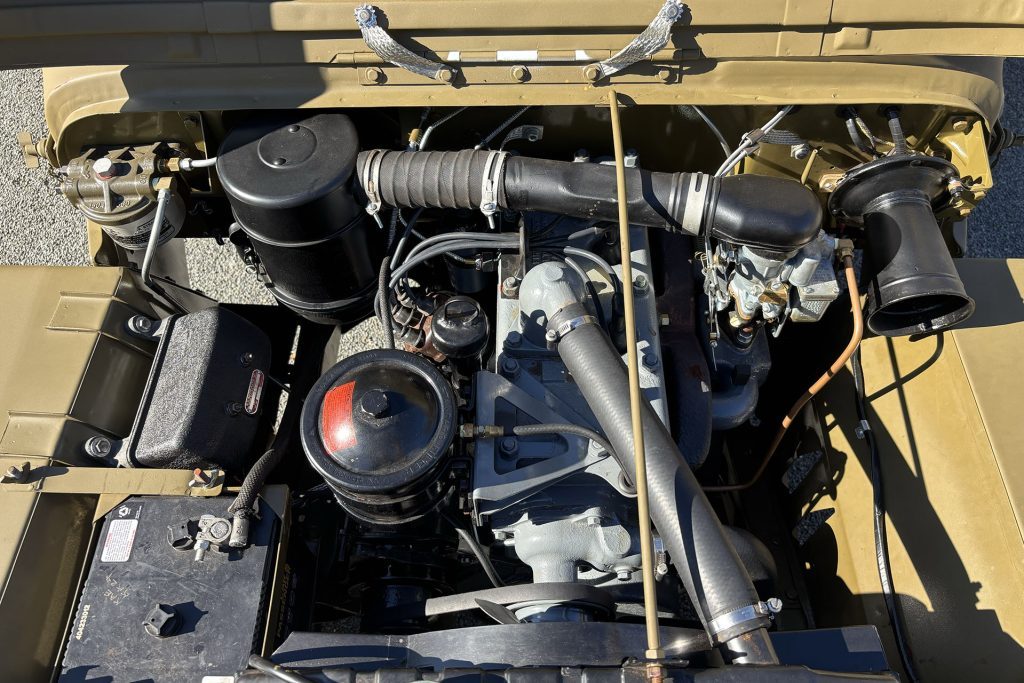
A well handled Jeep, whether it be a GPW or Willys MB, could reach a top speed of 55mph (88kph) and cover close to 500kms on a single tank. Ideal when the Allies began their long push towards Berlin. Because of its 1060kg weight, its ability to carry four soldiers while also acting as a mounting point for machine guns and other equipment, the Jeep was incredibly versatile. Countless variants for radio, reconnaissance, and even a Ford GPA “Seep” amphibious version were part of a hefty total production run of 640,000 between 1941 and 1945.
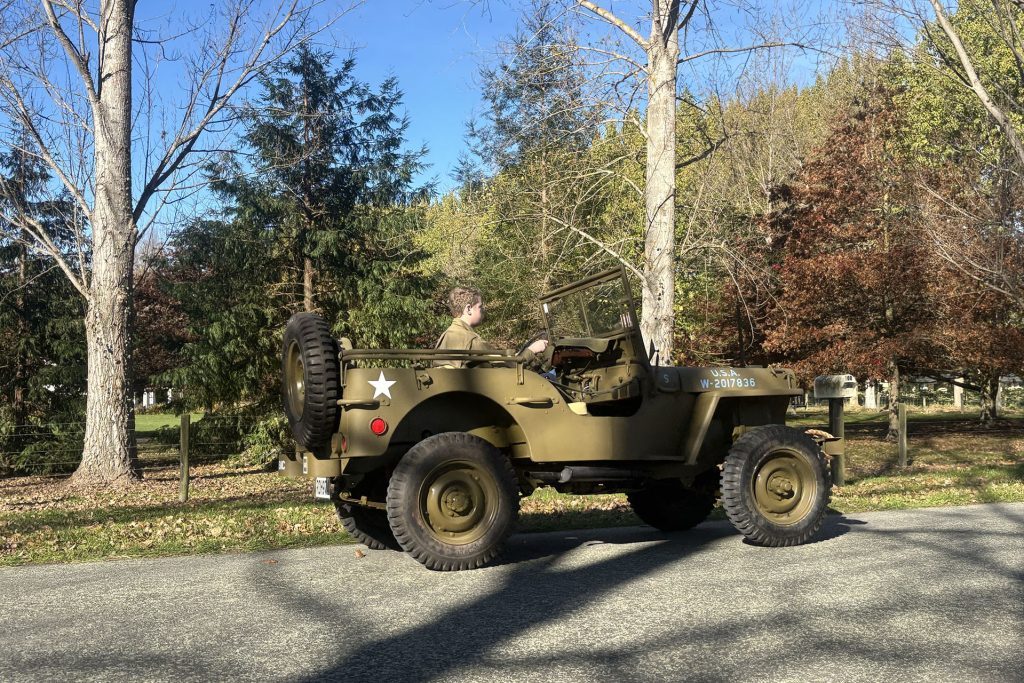
Ford made some 280,000 GPWs while Willy’s actually produced more towards the end, with around 363,000 Willys MBs. What you see here, is one of the former 280,000 and one which has called New Zealand home since it left the factory. Current owner Gideon found it completely by chance.
“I was at the Canterbury show in February 2024 with a couple of other vehicles and this fellow came up to me and said he had a Jeep that was in a paddock. It had been in the earthquakes, and been consumed by liquefaction. It needed a lot of work and he said he would just give it to me. Well, a free Jeep? I wasn’t going to turn that down,” says Gideon.
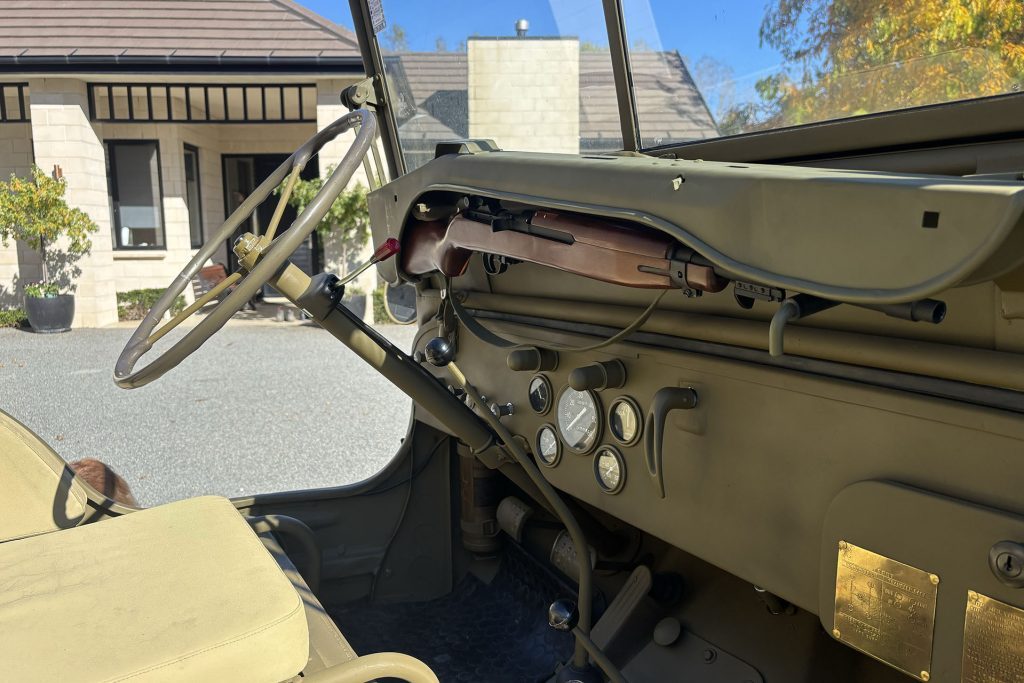
Because of vast production numbers, it can be difficult to track down a Jeep’s service life but Gideon is confident that by a process of elimination, he can trace where his GPW was sent after it left the production line. “Because it was made in February 1941, it was very early in the production run for the GPW and Willys MB. There is only one way it would have arrived in New Zealand and that would have been to be used by the 6th US Marine Corps who were based in Raglan. Later Jeeps can be tracked as part of the US Lend/Lease Act of March 1941 which saw many Jeeps given to the New Zealand Army, which were a different lot,” says Gideon.
It was sold out by the Army in 1955 and passed through the hands of a number of owners. The GPW then sat in deep liquefaction after the first of the Christchurch Earthquakes in September 2010.
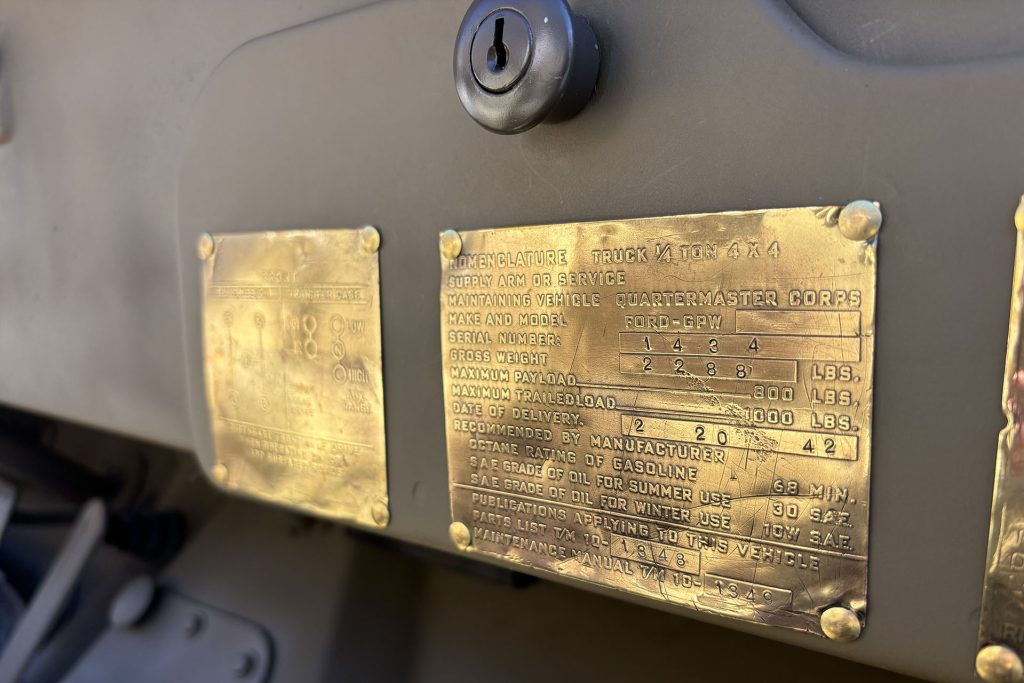
There it remained until 2023 where it ended up in that aforementioned paddock until Gideon took possession in 2024. It has been while in Gideon’s care that this Ford built GPW has been subjected to a staggering nut and bold restoration, one which photos do not do justice.
“It took a lot of work but I have restored it to be exactly like it came out of the 6th US Marine Corps motor pool. It had the blue numbers on it, not the usual white, and the white star not on the middle of the bonnet, but up by the window, so when the windscreen was folded down, you could still see the white star. It’s easily the best Jeep I have ever done, it’s beautiful, almost too good to use. It is now for sale through Waimak Classic Cars.”
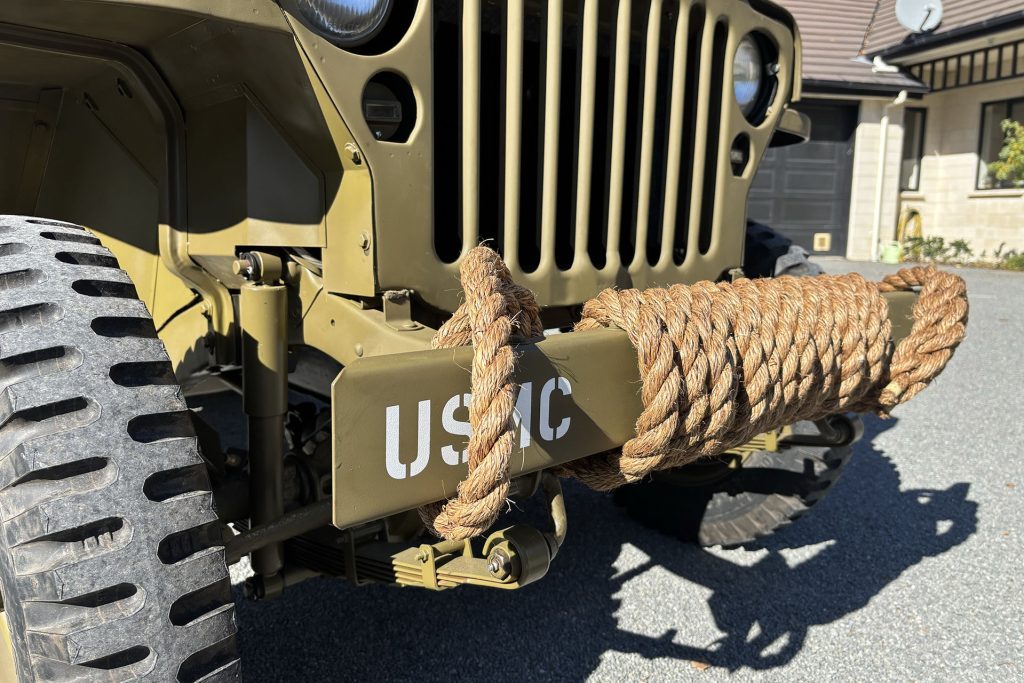
Climb aboard and you feel so exposed to the outside world. The term “bare essentials” is a cliché often used to describe any back to basics vehicle, but it certainly fits with the Jeep. In fact, the only bit of gadgetry here, aside from the ignition and throttle module, is the petite gauge cluster showing speed, fuel, battery voltage, engine temperature and oil temperature.
Other than that, it’s just ruthlessly simple, designed so they could be churned out in vast numbers to meet the demands of the WW2 Allied Forces in Europe and the Pacific. In fact, the only thing which didn’t come from the factory is the replica M1 Carbine rifle stored in an original unused rifle carrier.
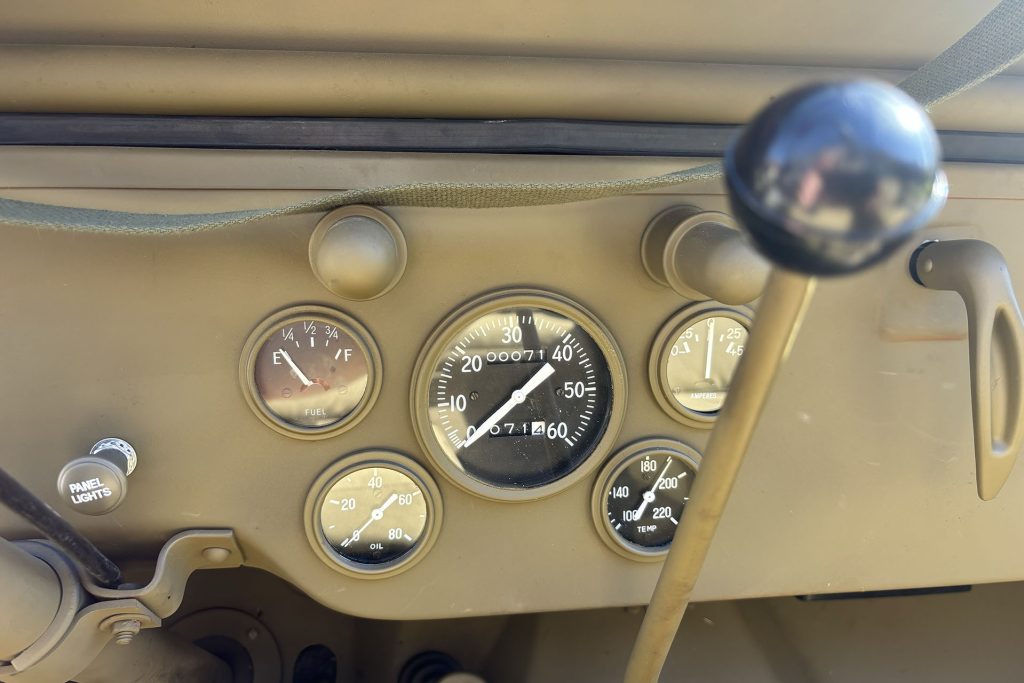
Starting the GPW is not just a simple case of turning the ignition key and off we go. First you have to pull out the throttle lever, turn on the ignition switch, pull out the choke if it’s needed, rest your foot on the transmission cover and press your toe down on a button located diagonally right of the go pedal. A few moments later, the 2.2L four cylinder L134 “Go Devil” engine wakes up like a GI hearing the morning bugle, now the GPW Jeep is ready for duty.
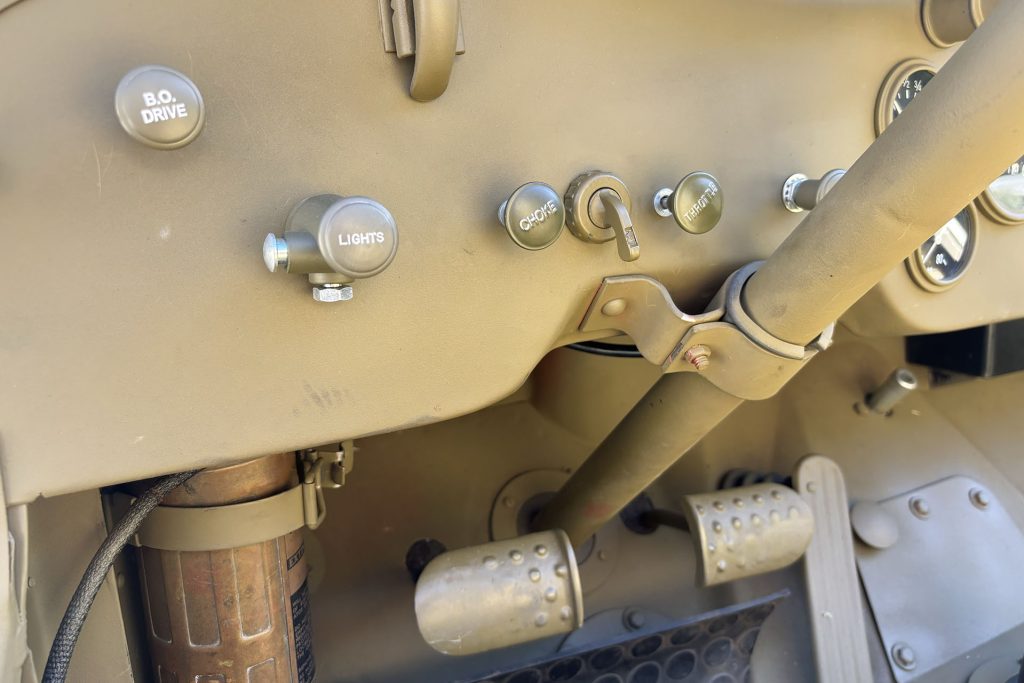
Moving off requires a firm right foot and letting out the clutch with progressive intent, then you are underway, bouncing along as one navigates out of Gideon’s driveway and onto Canterbury High Country roads.
Going through the gears requires an assertive palm of your right hand guiding said gear lever from gear to gear. Torque is actually sufficient enough that you can start off in second should you want to.
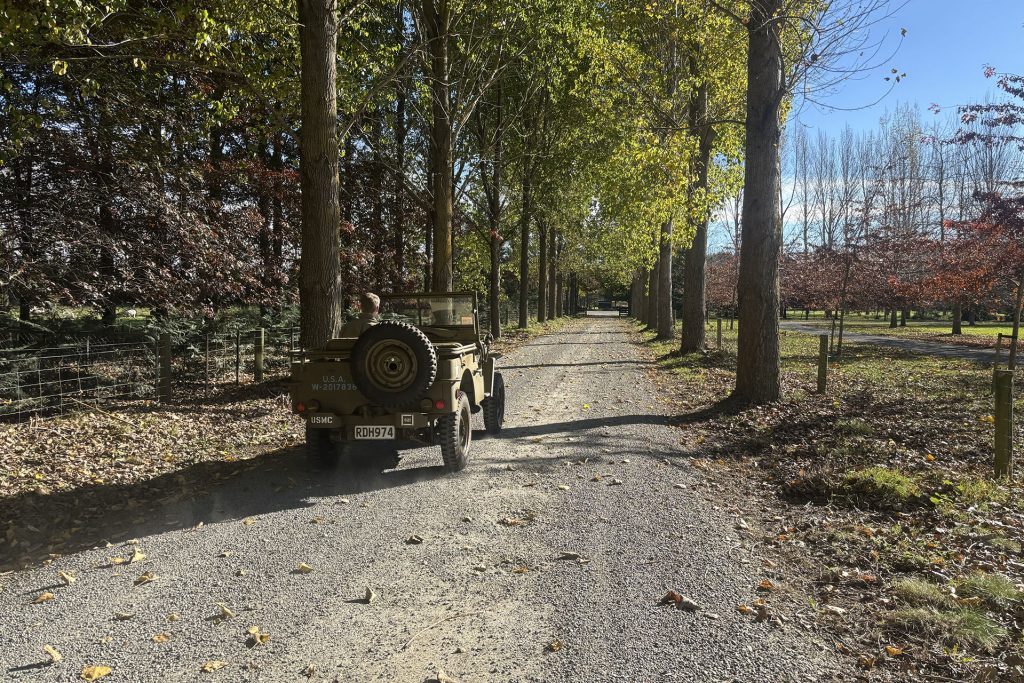
One finds staying in third the sweet spot, especially as by now you are travelling at around 60km/h and are well into being buffeted by the elements. You do bounce around a bit too. There is sufficient padding in the seat to prevent it from being uncomfortable but your cranium still resembles a bobble head dog on a dashboard when you give it stick. The GPW also requires two hands on the wheel to keep things on the straight and narrow, especially whenever you traverse an uneven surface in the road.
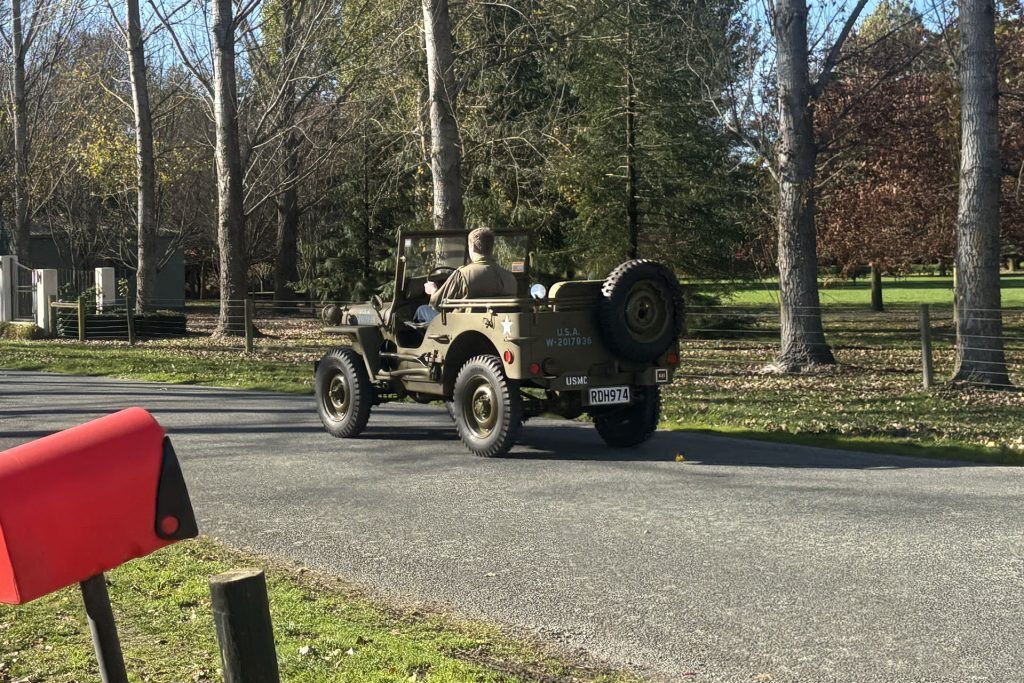
Thanks to its ground clearance and meaty off road tyres, which are multi-directional so the enemy wouldn’t know if you were coming or going, there is smidgen of body roll in the corners. According to Gideon, “more Jeeps suffered damage in accidents than many did while engaged in conflict.”
To be fair, it’s actually these driving characteristics that make the GPW so entertaining. Naturally, what it was built for and what it ended up doing in its prime was no laughing matter, but for anyone wanting a drive which will serve up some no-frills fun at sensible speeds will find a Jeep like this Ford GPW an utter joy.
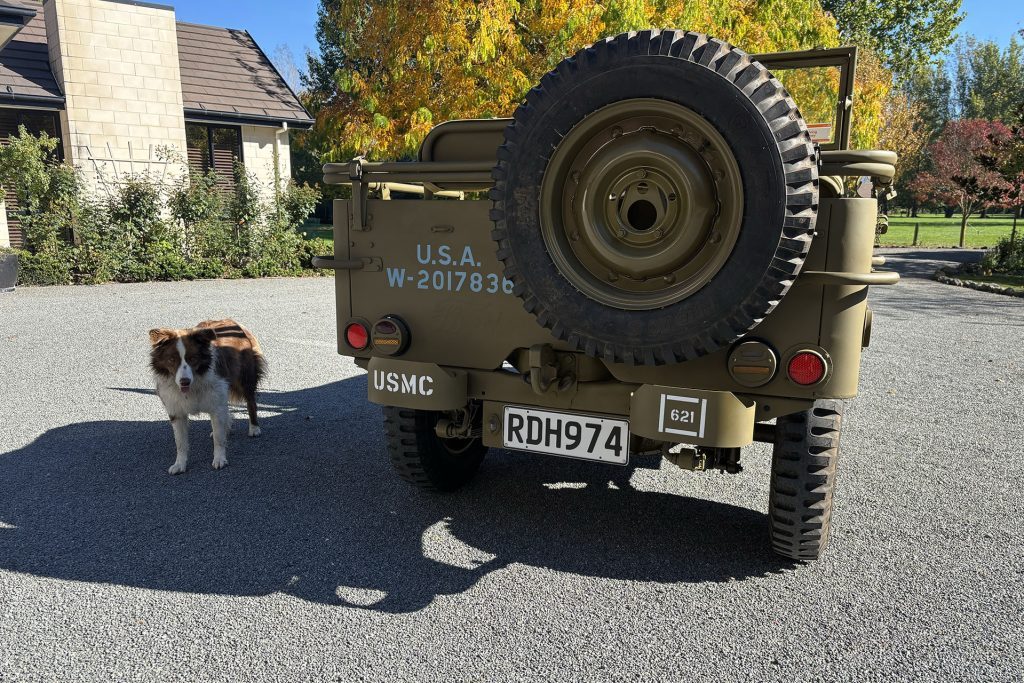
The Ford GPW Jeep is so much more than a memento born from a dark period in modern history. It brought 4WD to us en masse and laid the foundation to what would become the off-road SUV as we know it today. Also, without the Jeep, there would be no Hummer, or Land Rover for that matter. It also spawned a brand which became associated with rugged toughness still thriving today as part of the Stellantis Group.
Basically, driving a Jeep like Gideon’s Ford GPW should be part of anyone’s automotive drive bucket list.


